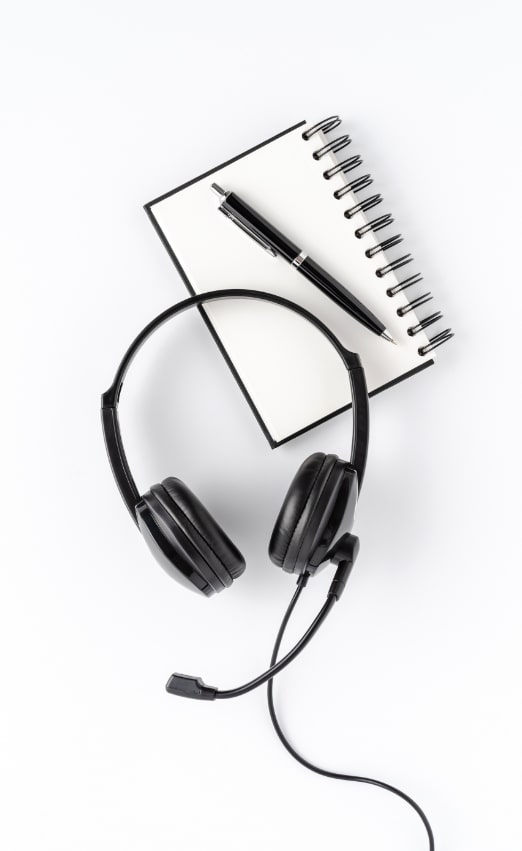Forex trading online
A market that attracts about $5.2 trillion in daily volume, recognized as world’s largest market, accessible globally 24 hours a day – that is exactly what the Currency and Forex market is made up of. The advantage of small margin requirements and lower entry barriers makes it an important part of a retail investor’s portfolio.
- Trade across futures, options
- Small Margin requirements
- Controlled Regulation
- Diversification of portfolio
- Hedge against risk
- Invest, Trade, Hedge, Speculate
Open demat account
Why choose us for currency trading
- Leverage – 4 times exposure
- Secured forex trading experience
- Personalized Advice
- Efficient risk management
- Dedicated advisory team
Invest in equity & financial derivatives
A trading activity where you buy and sell currencies in the market is known as forex trading. Just like stock and commodity trading, forex trading is also conducted online through trading portals operated by forex brokers. The forex market is the largest and the most active financial market in the entire world with more than $5.2 trillion being traded every day.
Currently, you can trade in the derivative contracts of the following currency pairs – USD-INR, EUR-INR, GBP-INR, JPY-INR, EUR-USD, GBP-USD, and JPY-USD.
Currently, you can only trade in currency derivative contracts like futures and options. And since these contracts expire each month with no physical delivery involved, you don’t need to open a demat account for the same; instead, a trading account is all that you need.
To be able to trade in currency derivative contracts, you will need to first open a trading account. Once you’ve gained access to the trading portal of the stock broker, you can then trade in the currency pairs of your choice.
Unlike stocks or commodities, forex trading is done in pairs, where you will have to buy one currency and sell another. Some of the currency pairs that you can currently trade in are USD-INR, EUR-INR, GBP-INR, JPY-INR, EUR-USD, GBP-USD, and JPY-USD. Once you’ve opened a trading account with a stock broker, all that you need to do is log into the trading platform and pick a currency pair of your choice and start trading in its derivative contract.
Unlike the Indian stock market, which is regulated by SEBI, there is no centralized governing body for the forex market. Instead, multiple independent and governmental bodies come together to supervise forex trading all over the world.
Of course. Forex trading is completely legal in India. As a matter of fact, both the Bombay Stock Exchange (BSE) and the National Stock Exchange (NSE) have several different currency derivative contracts up for public trade.
The margin requirements for trading in forex varies from one currency pair to another. That said, the margin required to trade in currency derivative contracts is generally very low and affordable.
The lot size for forex trading varies according to the currency pair. For instance, all the cross-currency pairs such as EUR-USD, GBP-USD, and USD-JPY have a lot size of 1,000. Similarly, the INR pairs such as USD-INR, EUR-INR, and GBP-INR also have a lot size of 1,000. The JPY-INR pair, however, has a lot size of 1,00,000.
Spot FX trading involves buying and selling foreign currencies in the cash market. Currency futures trading involves buying and selling futures contracts of currencies and comes under the derivative market. Currently, in India, spot FX trading by individuals is not legal and is not permitted by the Reserve Bank of India. However, trading in currency derivatives such as currency futures and currency options are permitted.




